Commentaries
Your Present Location: Teacher_Home> Liu Ying> CommentariesLiu Ying: China's 'C5+1' gains traction in Central Asia with inclusive, mutually beneficial approach, expert says
Liu Ying: China's 'C5+1' gains traction in Central Asia with inclusive, mutually beneficial approach, expert says
Source: GT Today Published: 2025-06-19
The second China–Central Asia Summit concluded on June 18 in Astana, the capital of Kazakhstan. In an era marked by rising unilateralism, the China–Central Asia cooperation mechanism serves as a model for promoting multilateralism and regional collaboration, an expert told GD Today.
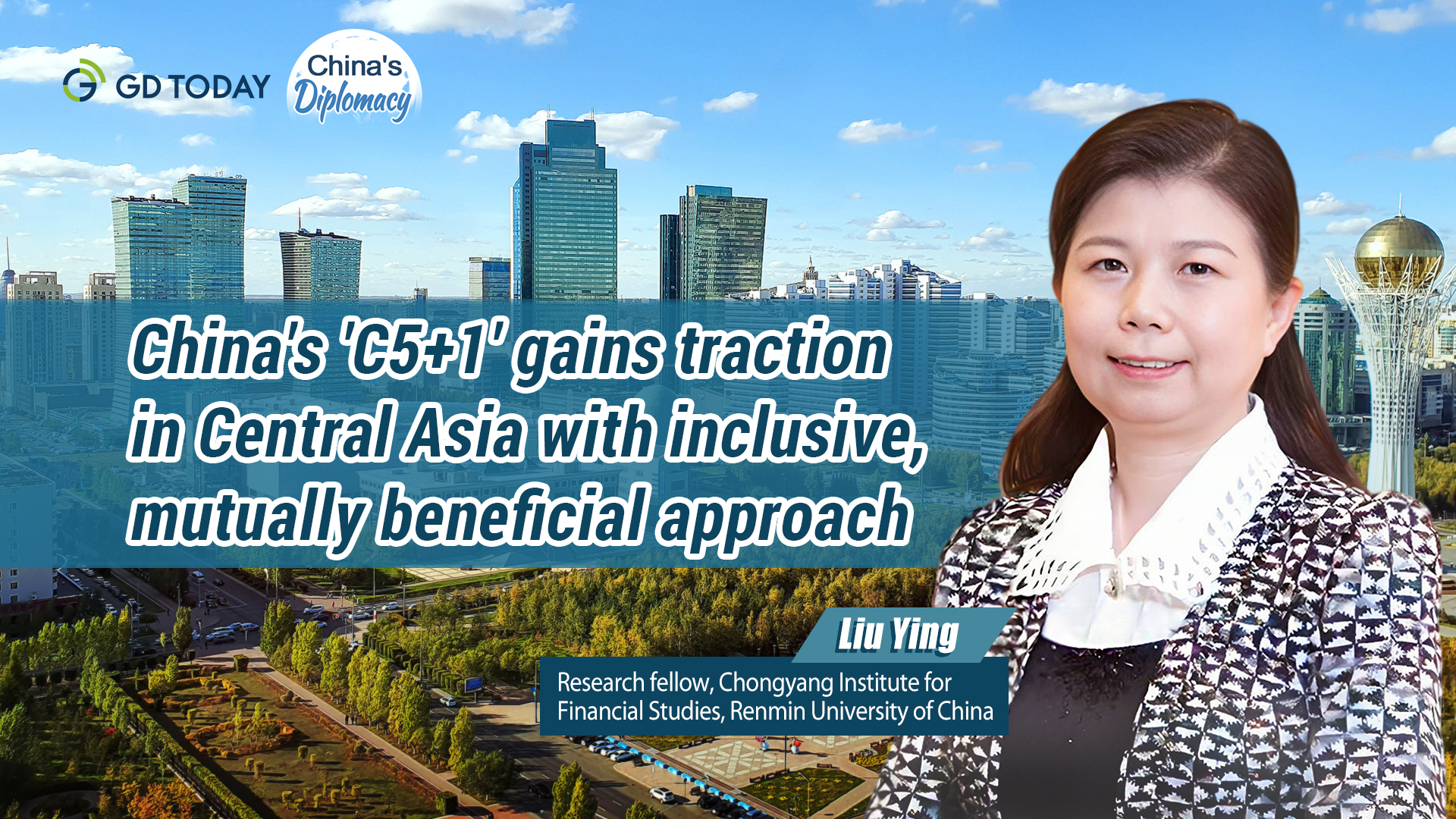
Chinese President Xi Jinping joined his counterparts from Kazakhstan, Kyrgyzstan, Tajikistan, Turkmenistan, and Uzbekistan for the three-day meeting. Held for the first time on Central Asian soil, the summit produced 110 cooperation outcomes across areas ranging from security and trade to regional development.
Liu Ying, a research fellow at the Chongyang Institute for Financial Studies at Renmin University of China, described the summit as "a milestone in institutionalizing China's ties with Central Asia," adding that the mechanism is effectively advancing modernization efforts in both China and the region.
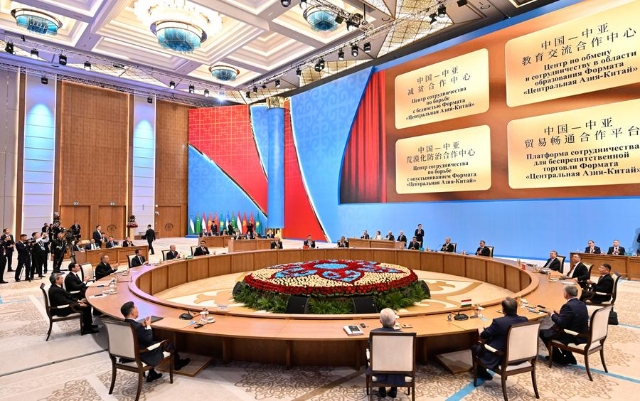
Chinese President Xi Jinping, Kazakh President Kassym-Jomart Tokayev, Kyrgyz President Sadyr Japarov, Tajik President Emomali Rahmon, Turkmen President Serdar Berdimuhamedov, and Uzbek President Shavkat Mirziyoyev witness the inauguration of the China-Central Asia poverty reduction cooperation center, the China-Central Asia education exchange cooperation center, the China-Central Asia desertification control cooperation center, and the China-Central Asia trade facilitation cooperation platform in Astana, Kazakhstan, June 17, 2025. (Photo: Xinhua)
An inclusive, mutually beneficial 'C5+1' format
The summit comes as Central Asia, the strategic heart of Eurasia, faces shifting dynamics and growing interest from global powers.
Liu highlighted the distinctive nature of the China–Central Asia mechanism compared to other formats such as the C5+1 initiatives promoted by the United States, the European Union, Russia, and India.
"China's cooperation is positioned as complementary, not competitive," she said. "It welcomes the integrated development of Central Asia and provides a development-oriented alternative that avoids geopolitical coercion."
A central outcome of the summit was the establishment of three China–Central Asia cooperation centers and a trade facilitation platform. These include a poverty reduction cooperation center, an education exchange center, a desertification control center, and a trade facilitation platform aimed at improving commercial flows.
China also pledged 1.5 billion yuan (approximately $208 million) in grant assistance to support livelihood and development projects in Central Asian countries.
In his keynote speech at the summit, President Xi proposed a China-Central Asia Spirit of "mutual respect, mutual trust, mutual benefit, and mutual assistance for the joint pursuit of modernization through high-quality development."
Liu noted that China's approach, ranging from enhancing infrastructure and supporting industrial growth to assisting with economic diversification, reflects a broader commitment to supporting Central Asian development.
During the summit, the six countries signed a treaty on eternal good-neighborliness, friendship, and cooperation, reaffirming support for each country's independence, sovereignty, and territorial integrity, as well as the principles of sovereign equality and the inviolability of borders.
"China opposes unilateralism and protectionism," Liu added. "We support practical cooperation between Central Asia and all other countries, working together to promote both regional and global economic development."
She described the summit as "a model for multilateral cooperation in an increasingly fragmented world."
Connectivity at the core
According to Liu, China and the five Central Asian countries have identified six priority areas for future cooperation: trade facilitation, industrial investment, connectivity, green mining, agricultural modernization, and personnel exchanges.
Connectivity remains a cornerstone of the partnership. Flagship infrastructure projects, such as the China–Kyrgyzstan–Uzbekistan railway, were highlighted as essential for linking landlocked Central Asian economies with international markets. An initiative to deepen the China-Europe freight train cooperation was also introduced.
"The summit emphasized the need for upgraded roads, railways, ports, and direct flights, which are central to the Belt and Road Initiative's goal of creating a seamless trade network across the region," Liu said. She pointed out that Uzbekistan, as a double-landlocked country, stands to benefit significantly from enhanced transportation infrastructure.
She also emphasized that the newly established trade facilitation platform aligns with the BRI's objectives by helping reduce trade barriers, streamline customs processes, and improve the efficiency of cross-border commerce.
In 2024, trade between China and Central Asia reached a record $94.8 billion, driven in part by surging cross-border e-commerce. China has become both the region's top trading partner and a major source of investment.
Beyond physical infrastructure and trade facilitation, Liu noted that the summit placed renewed focus on people-to-people connectivity. China pledged to provide 3,000 training opportunities to Central Asian nations over the next two years and committed to enhancing travel facilitation, along with deeper cooperation in consular services, tourism, and cultural exchanges.
Some of these steps are already underway. China and Kazakhstan adopted mutual visa exemption policies in November 2023, while a similar agreement with Uzbekistan came into effect on June 1.
Looking ahead, China is set to host the third China–Central Asia Summit in 2027, continuing a biennial format that seeks to deepen political and economic coordination.
"The cooperation is not just bilateral but also has a global dimension," Liu said. "This is genuine cooperation distinct from other formats, and a positive spillover of China's development dividends, accelerating the modernization of both Central Asia and China."
Key Words: China–Central Asia Summit







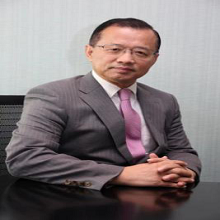

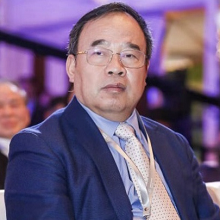

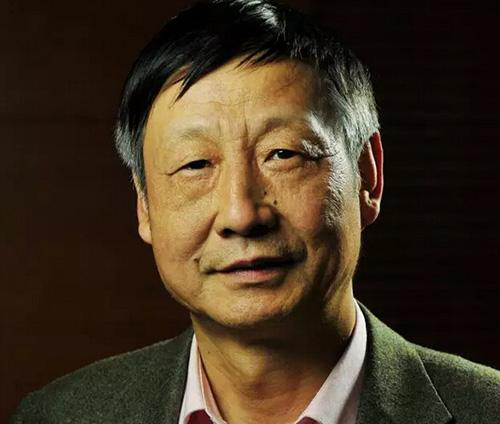
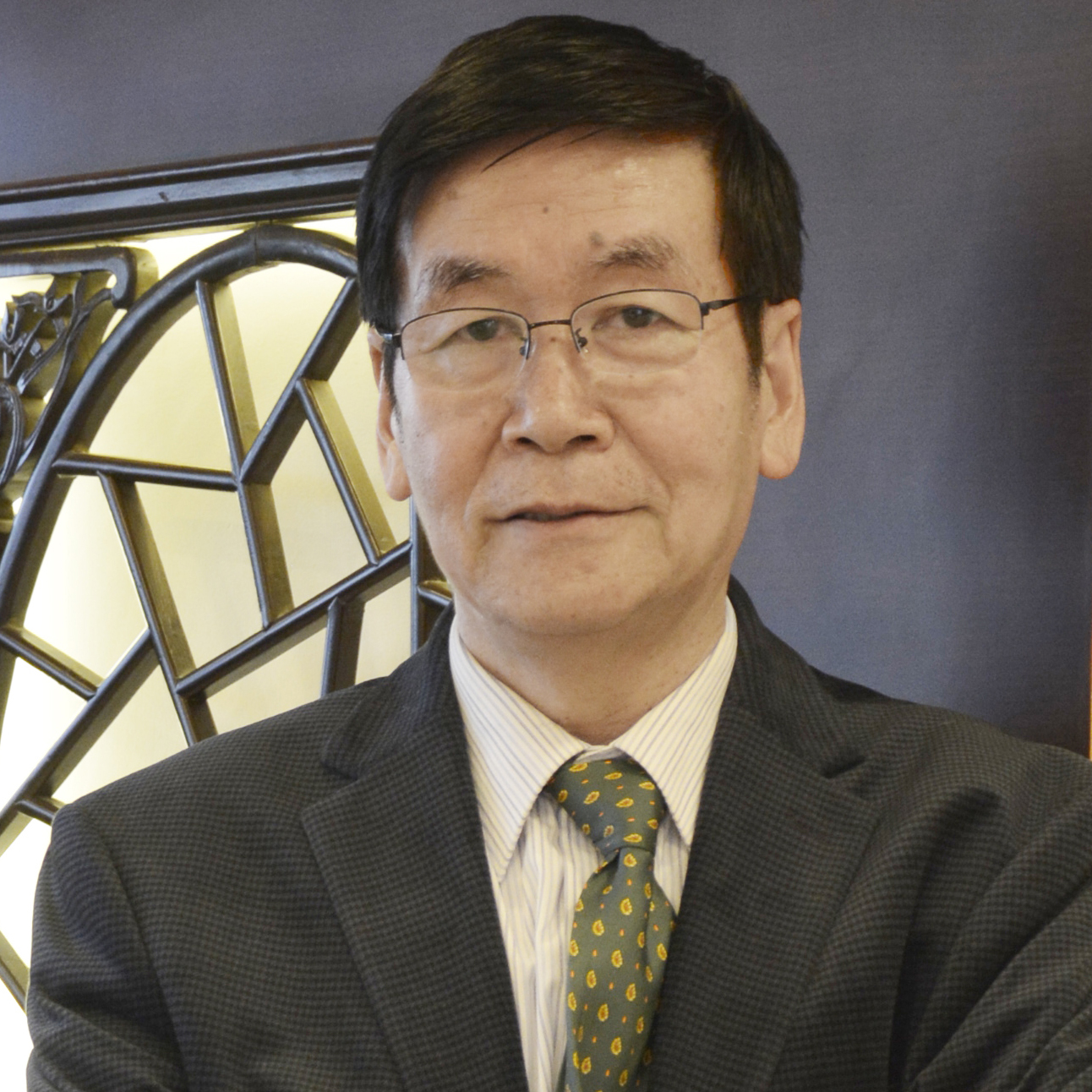
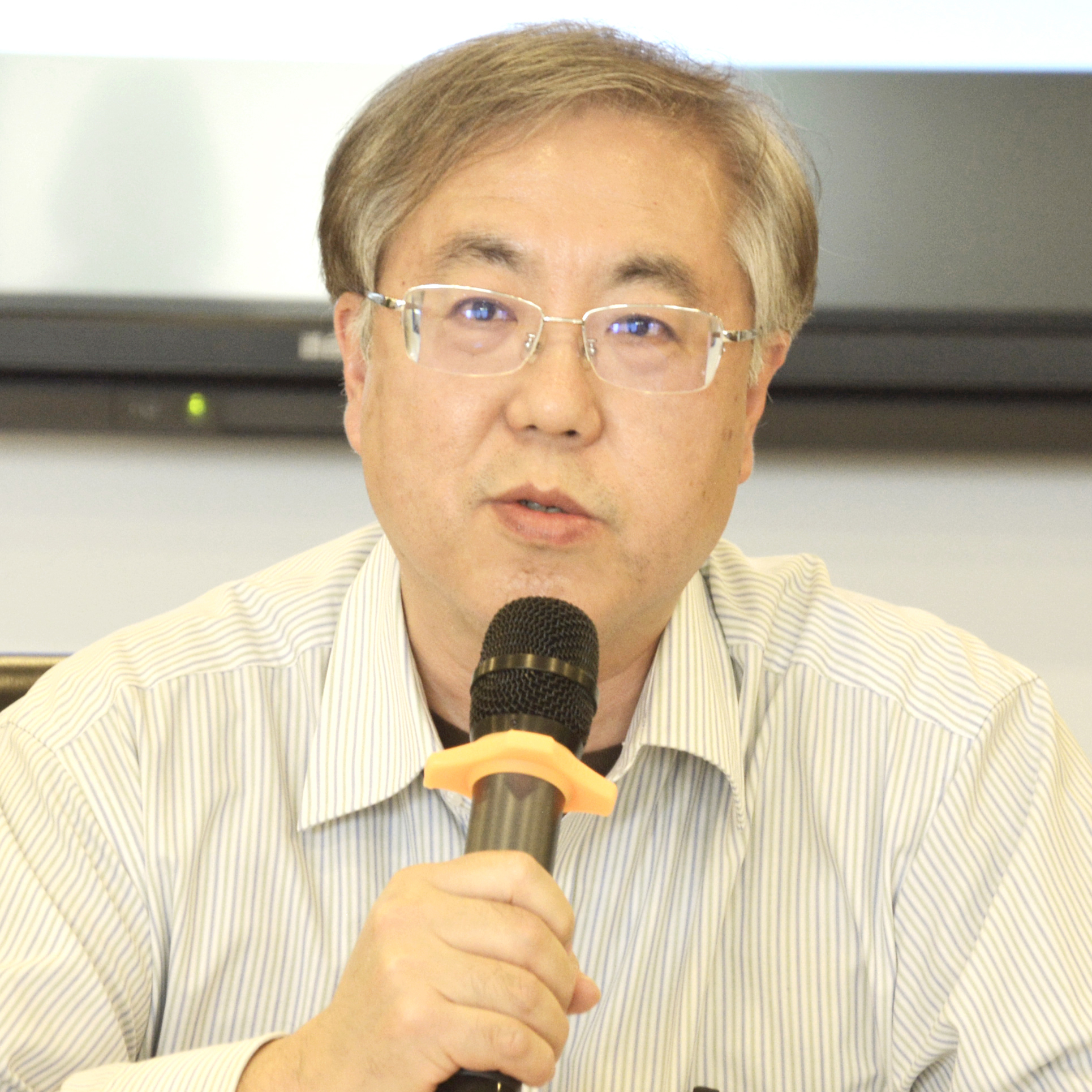

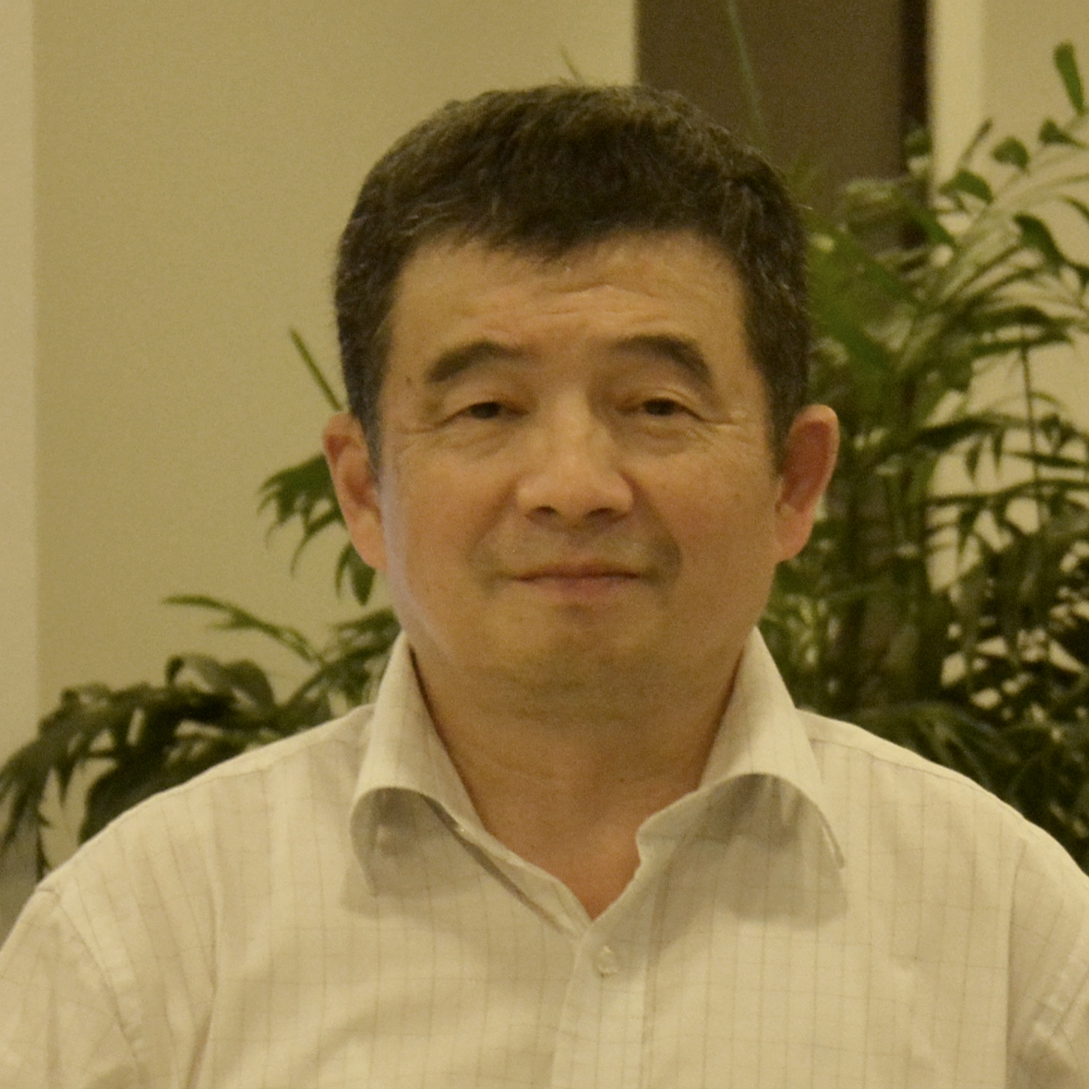
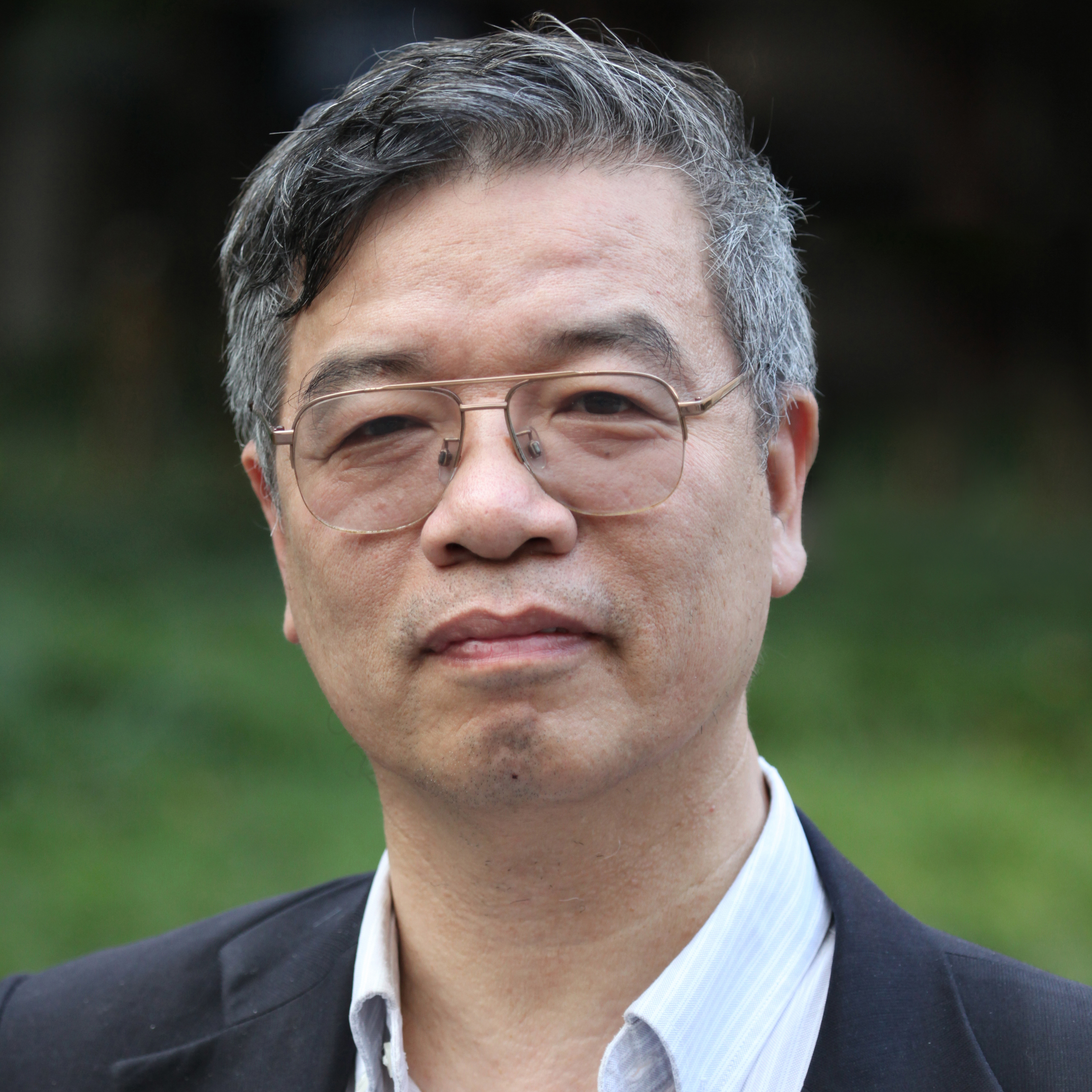
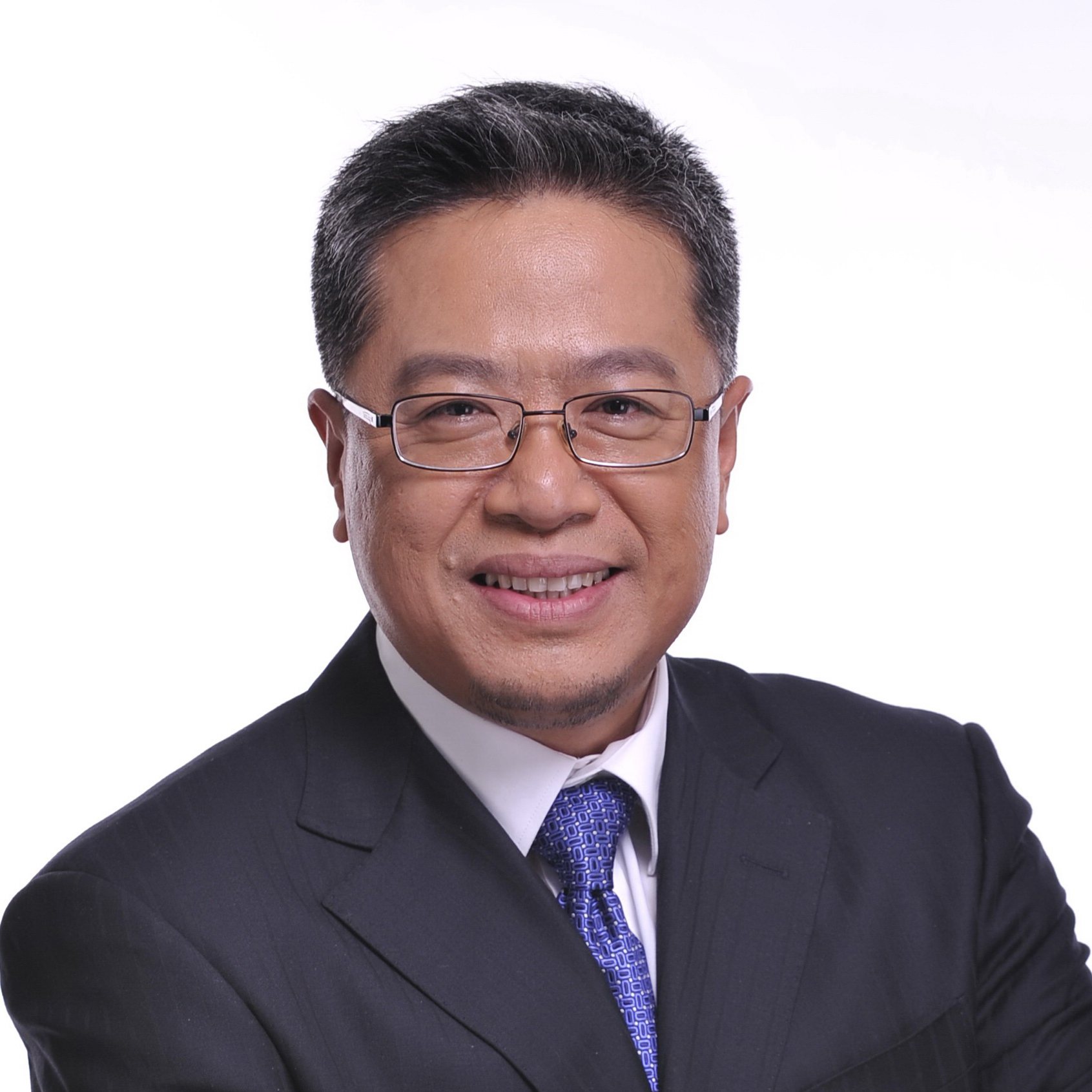
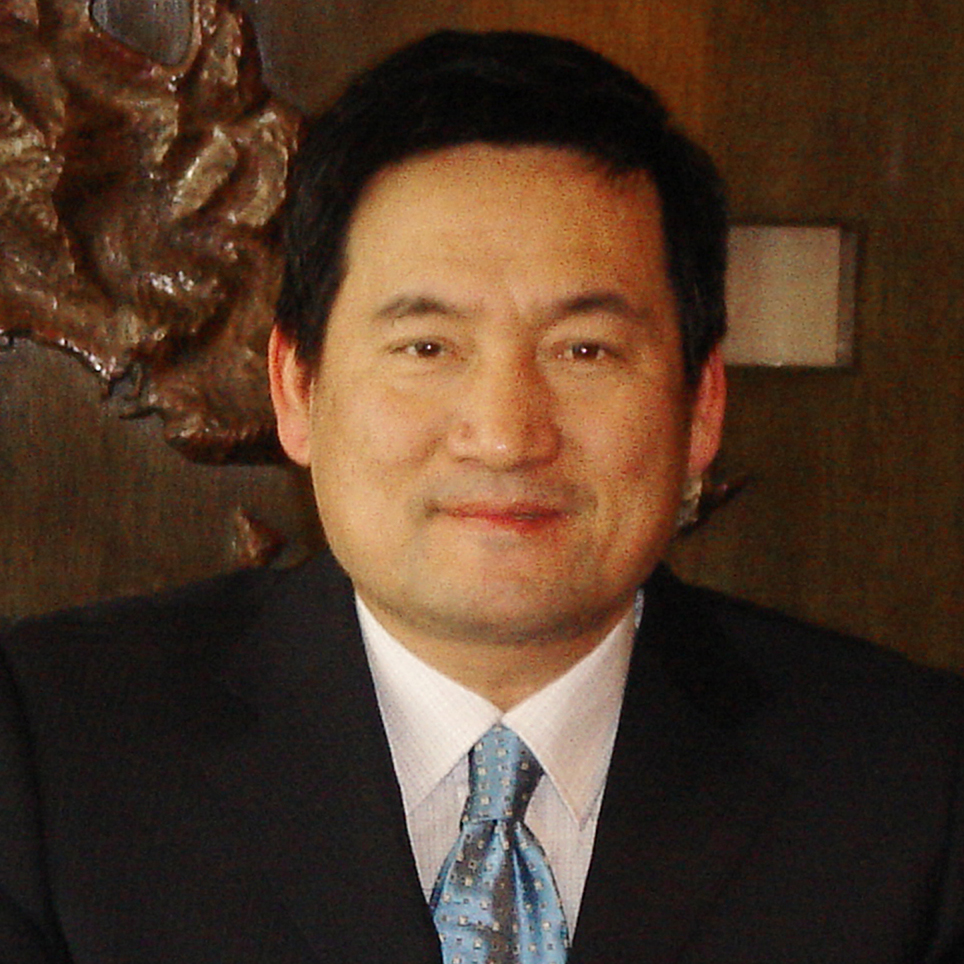


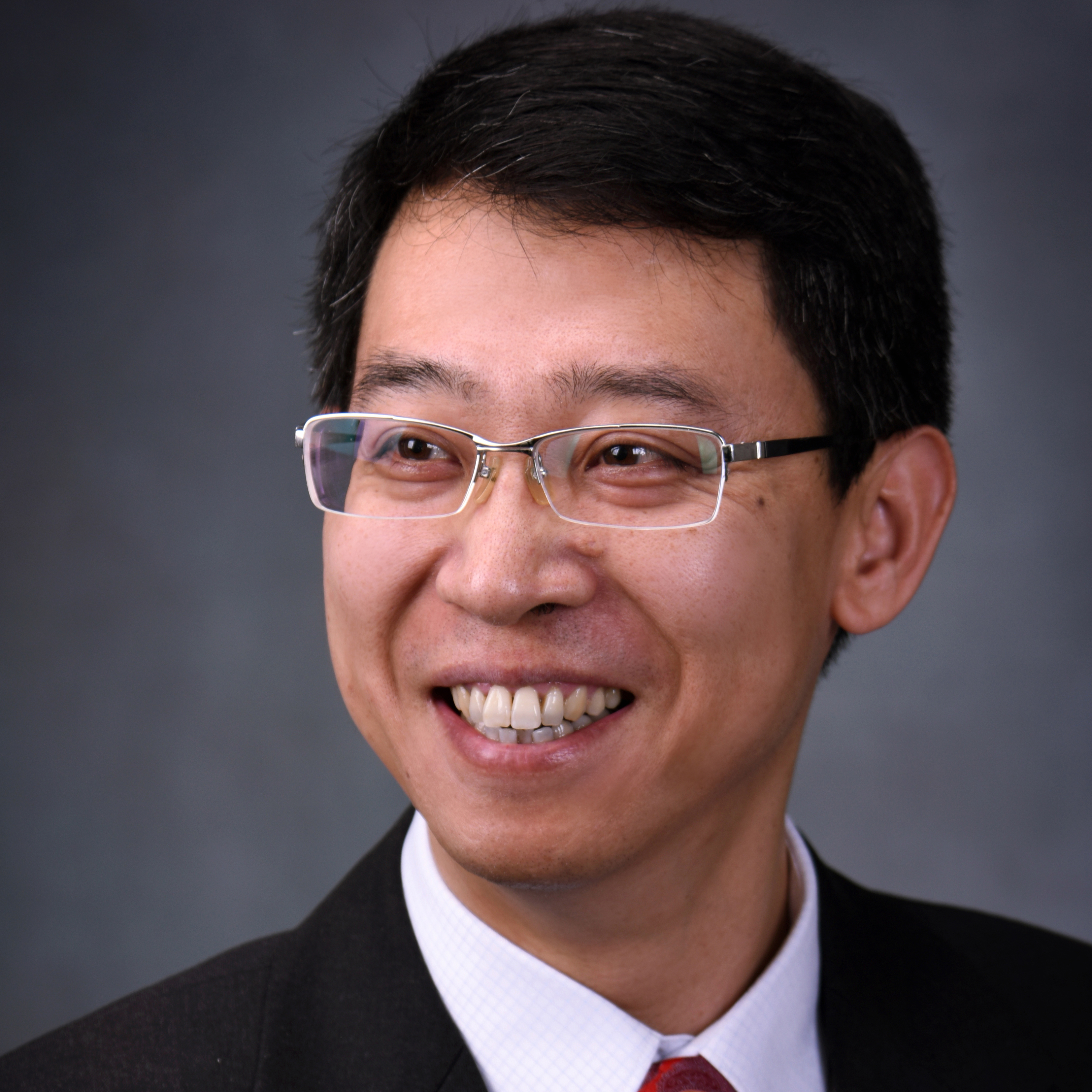

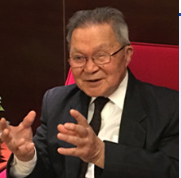
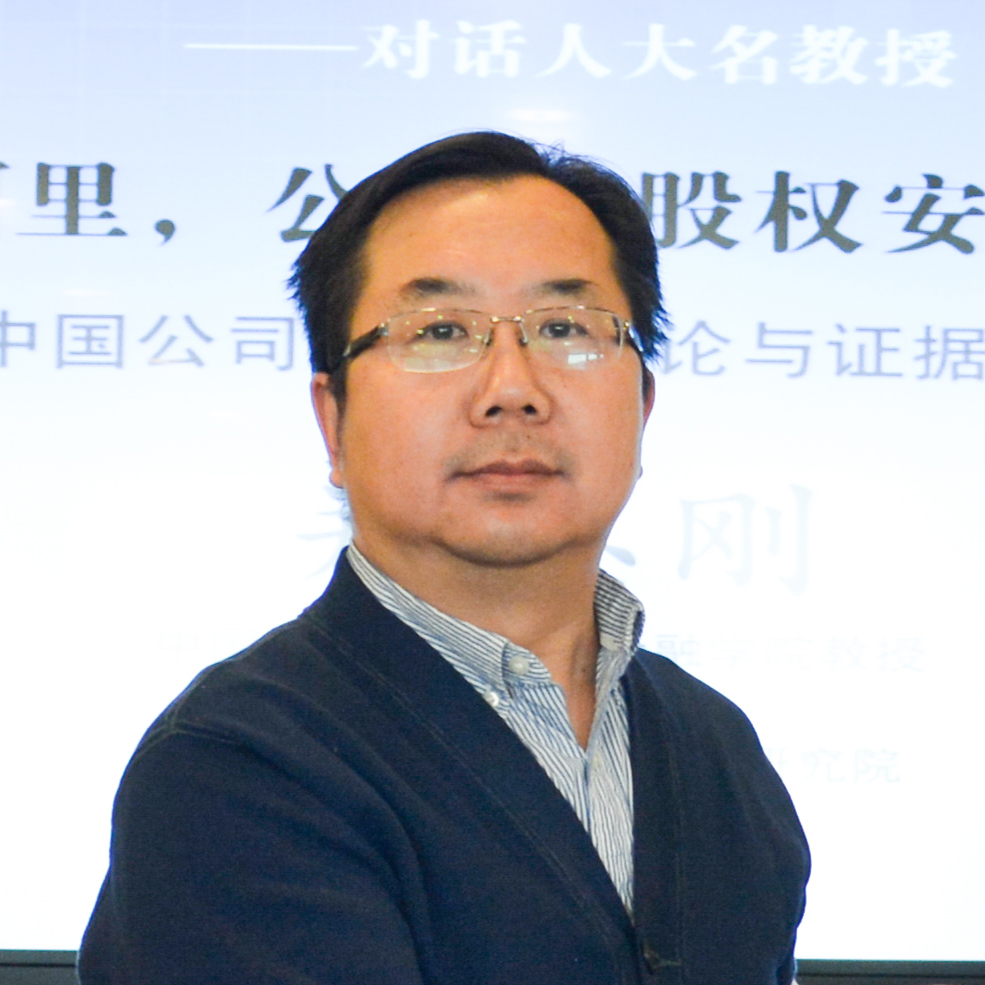
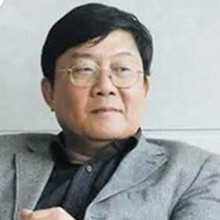

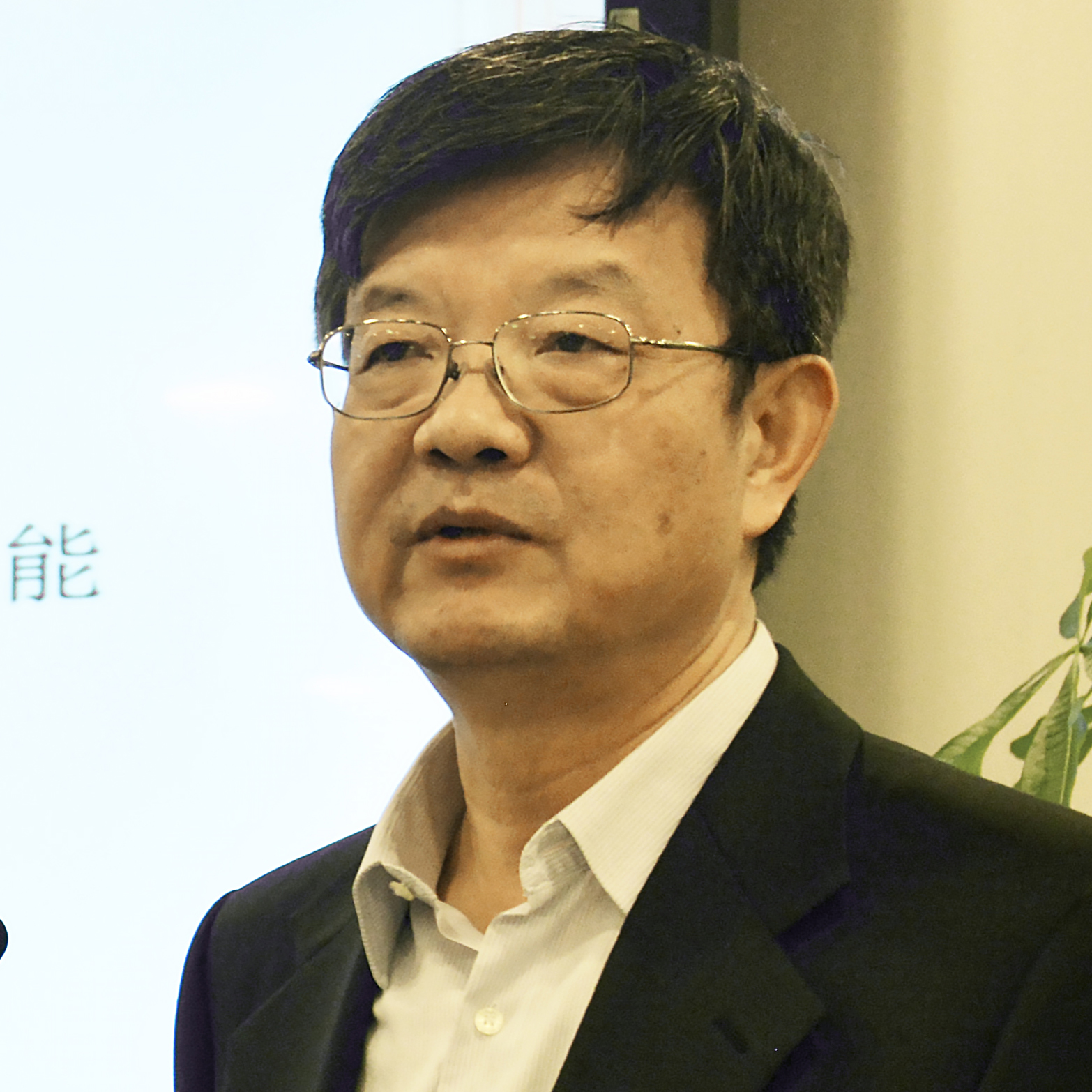
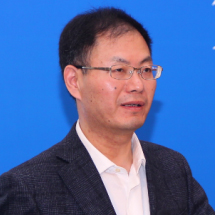

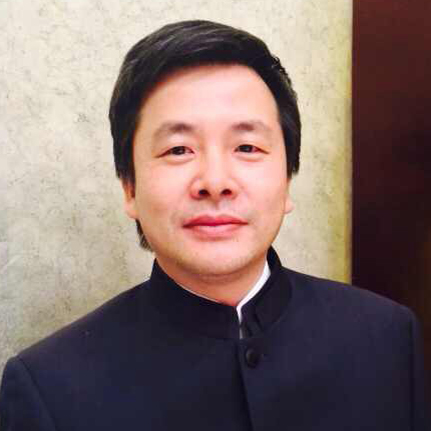
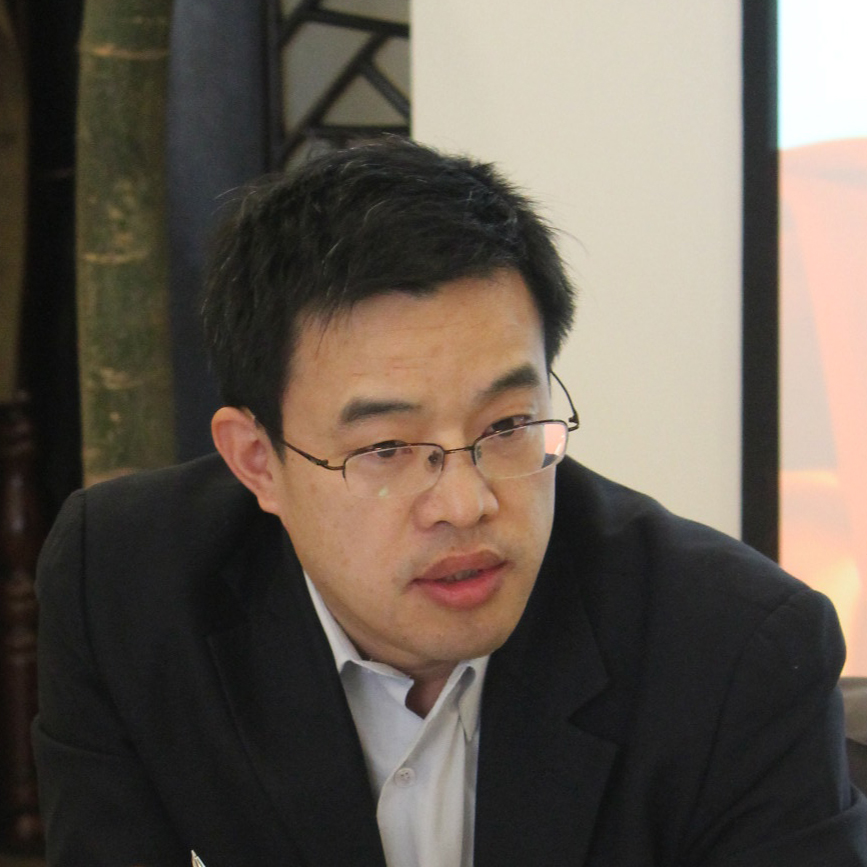
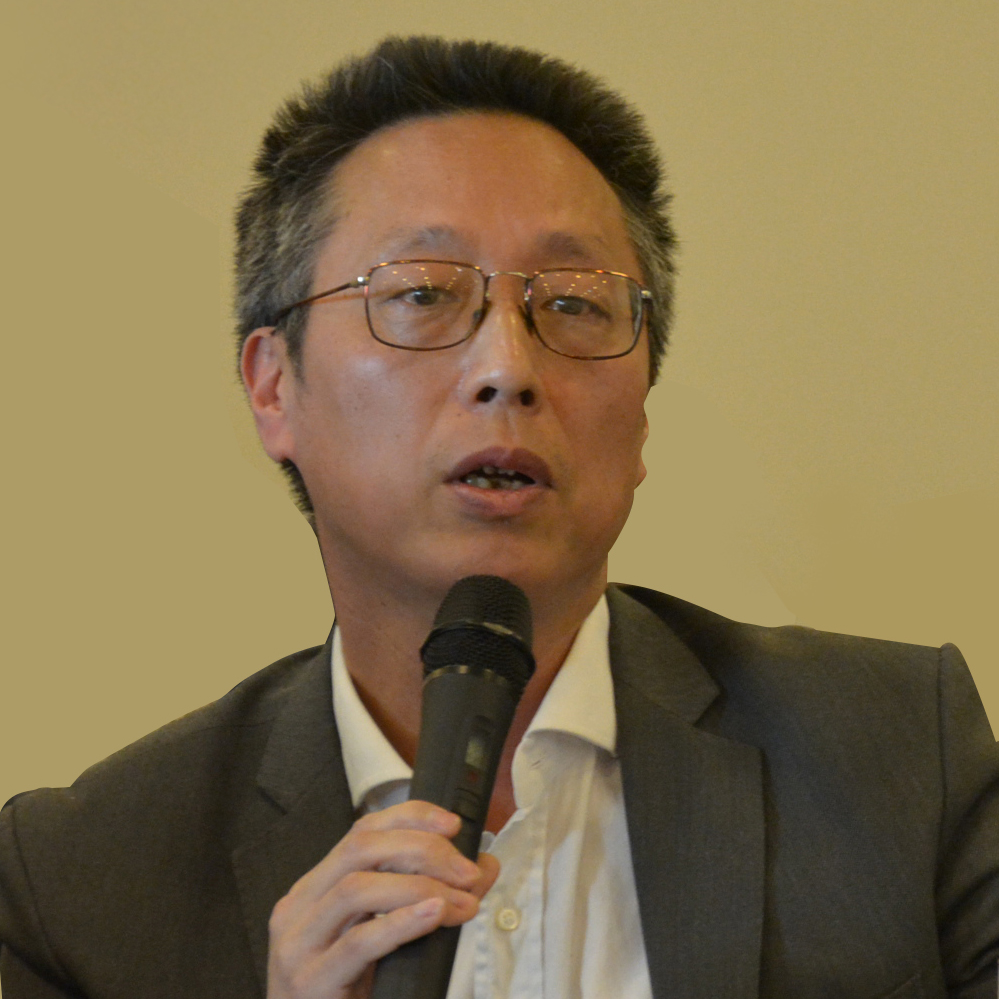
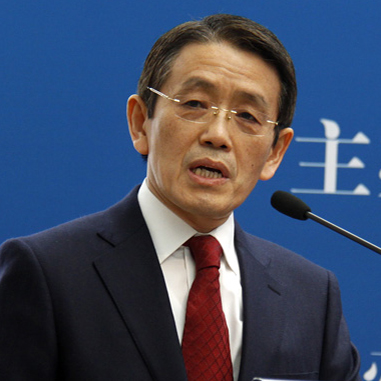

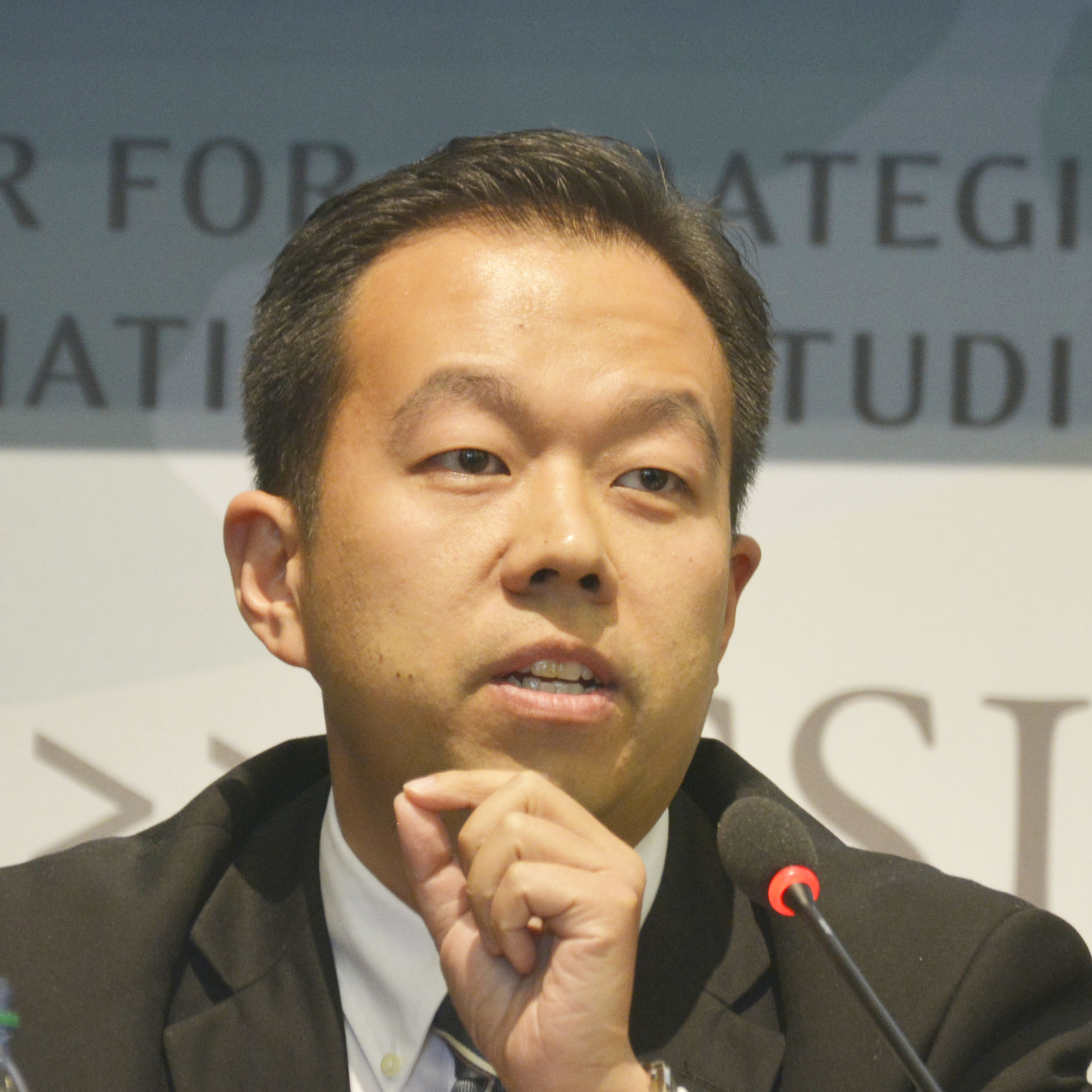

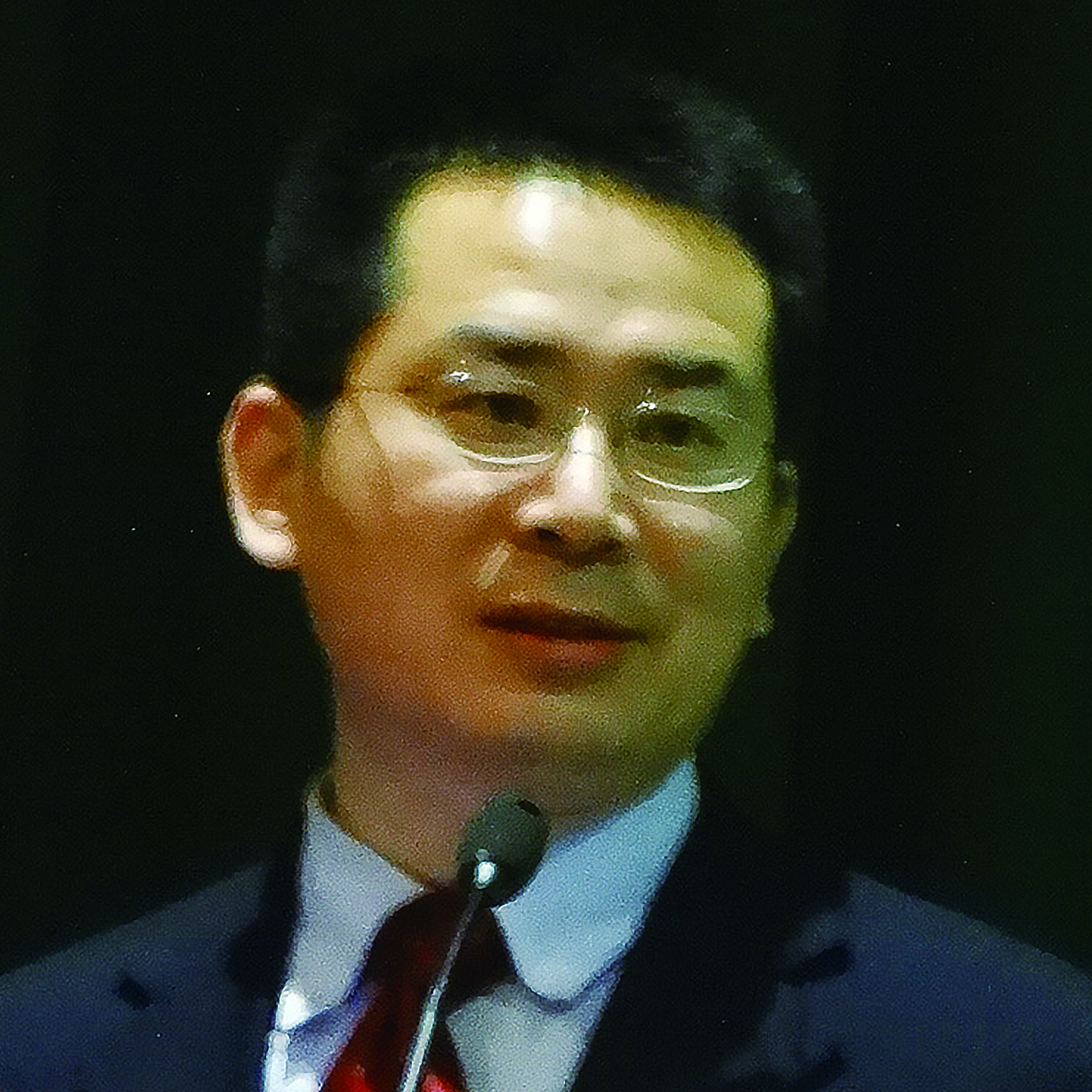
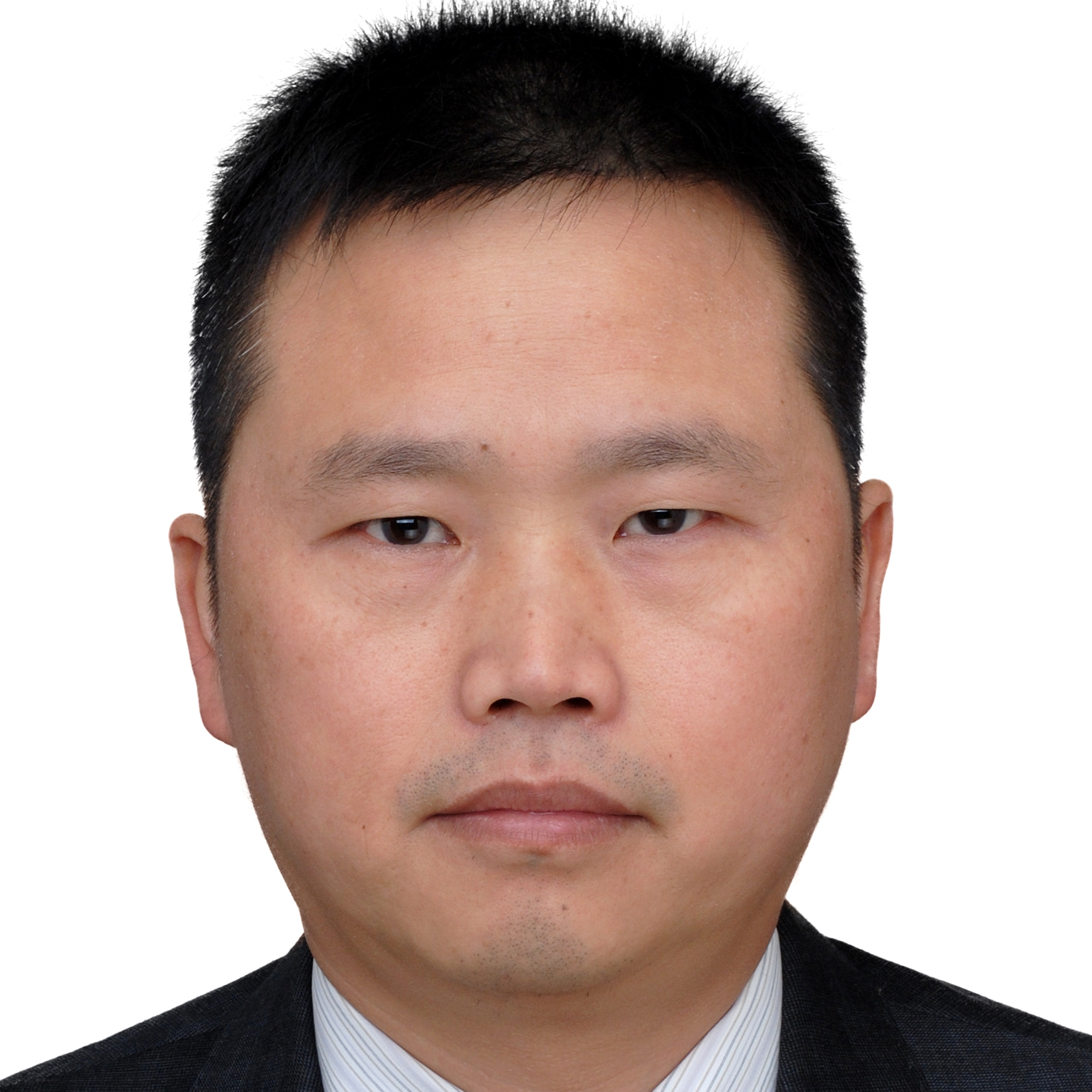


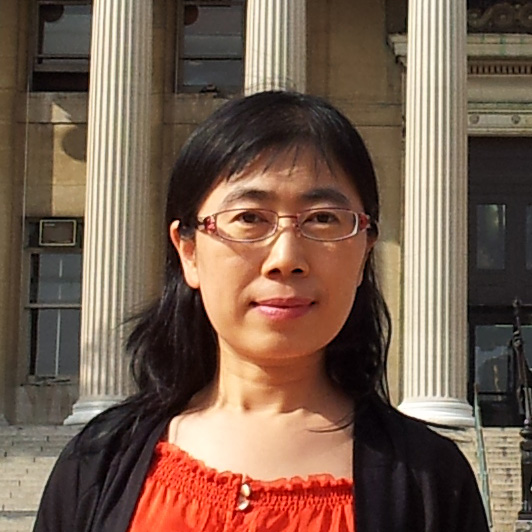
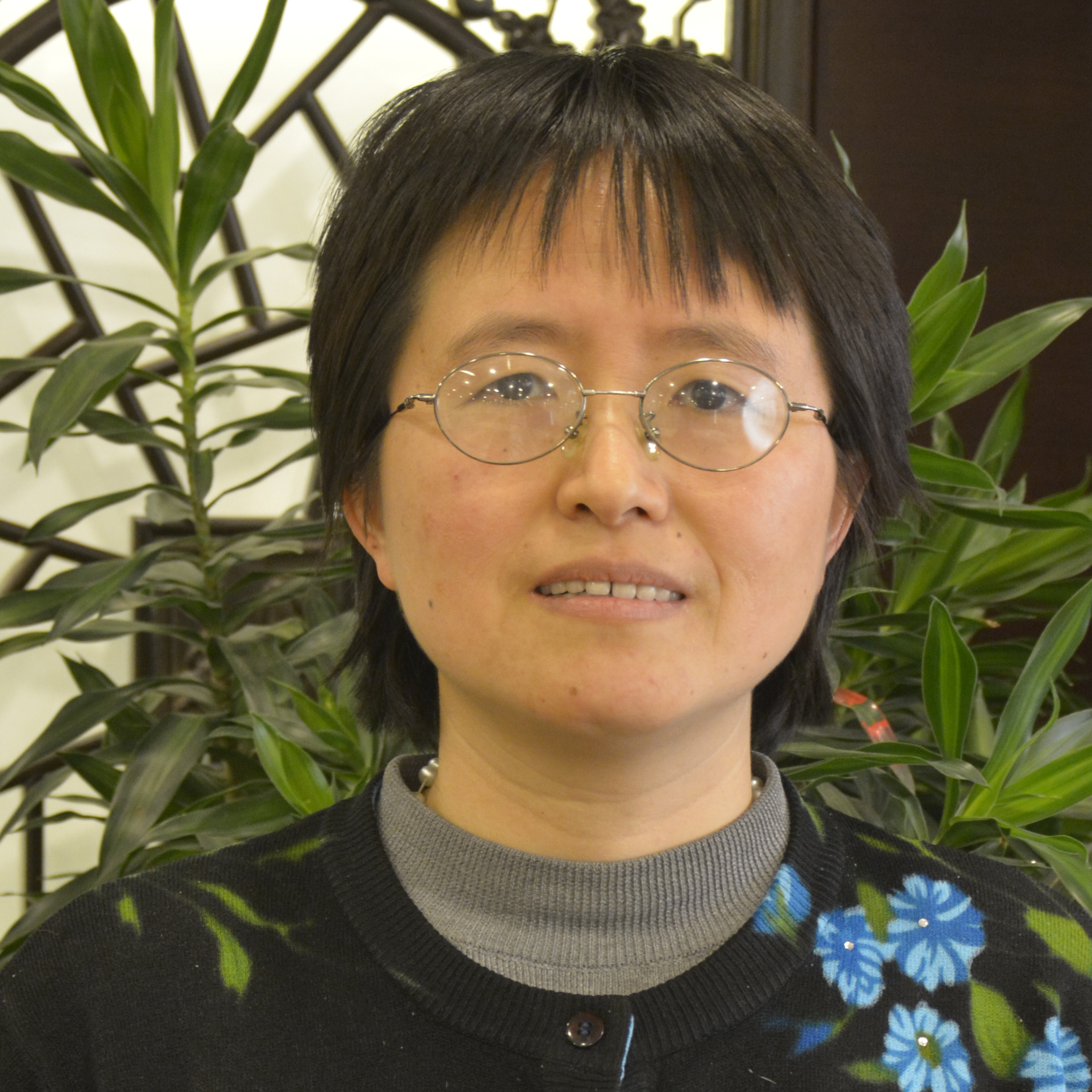


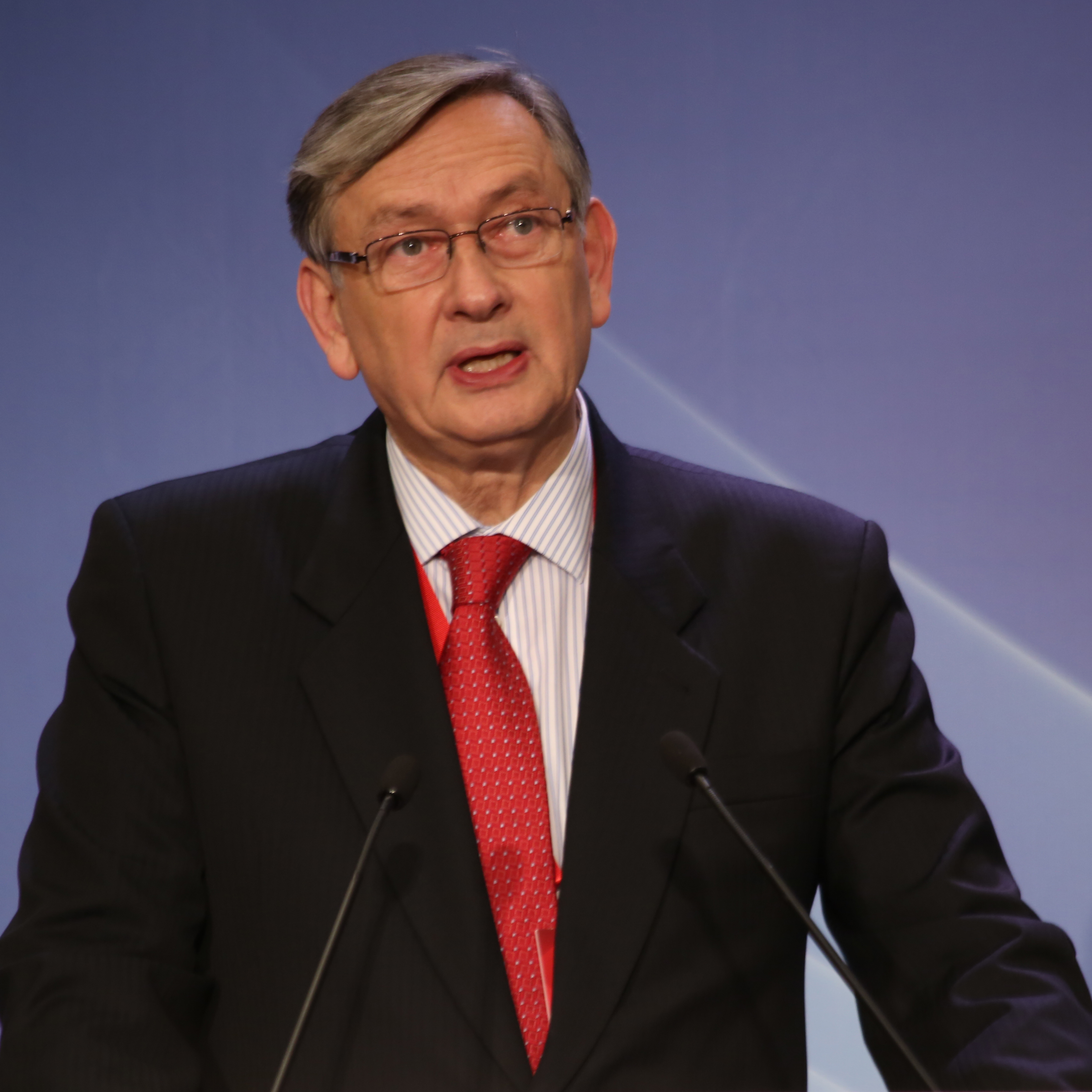
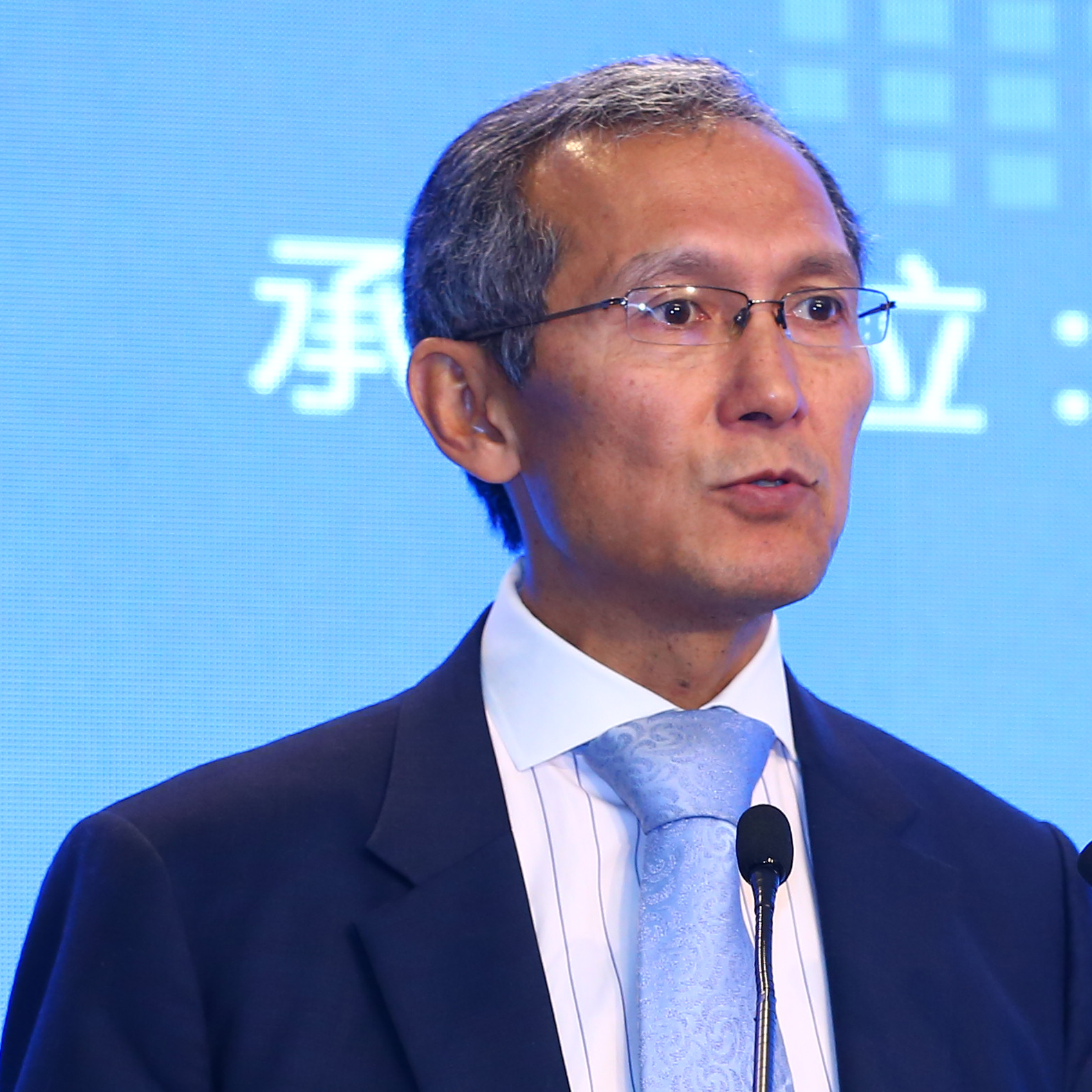
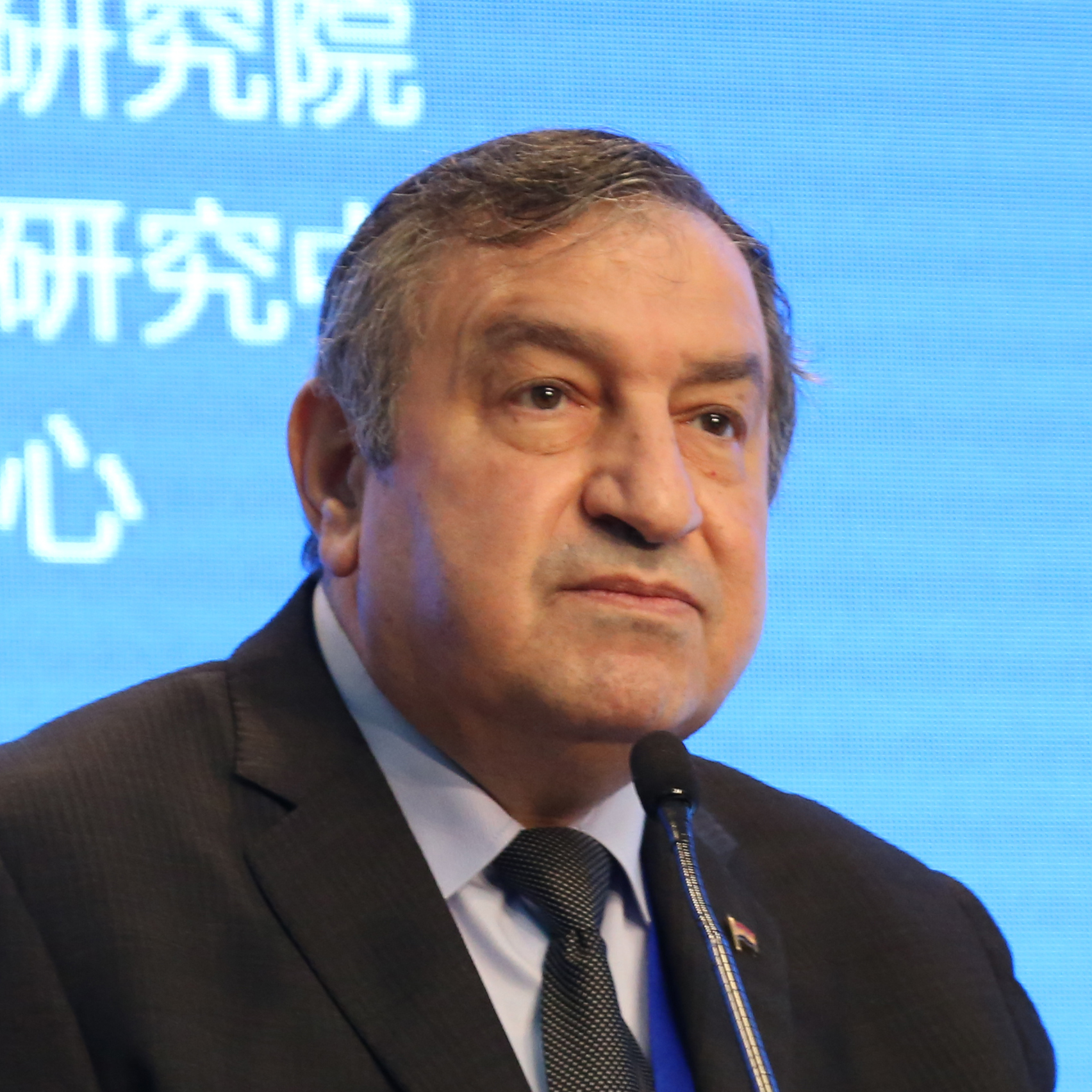

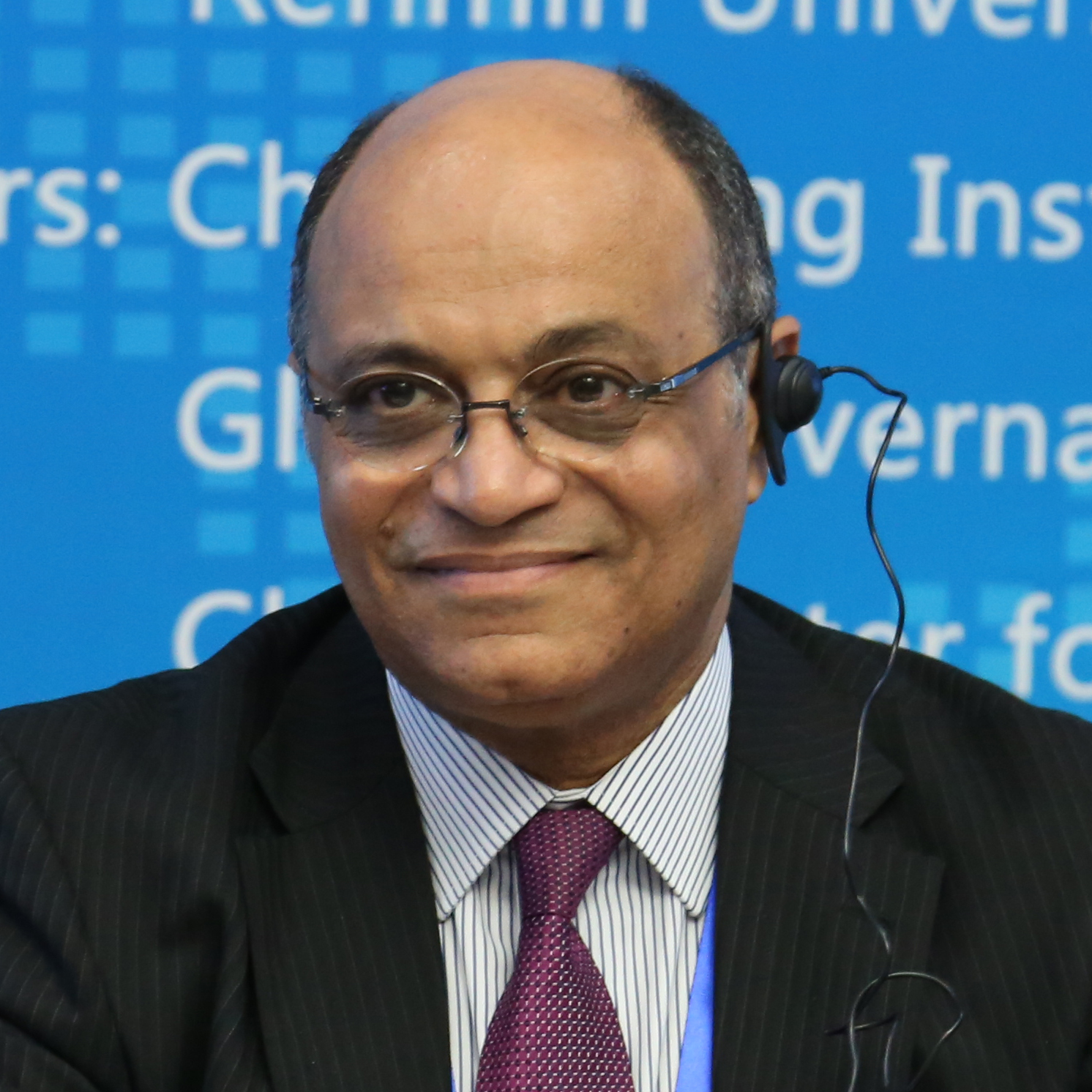







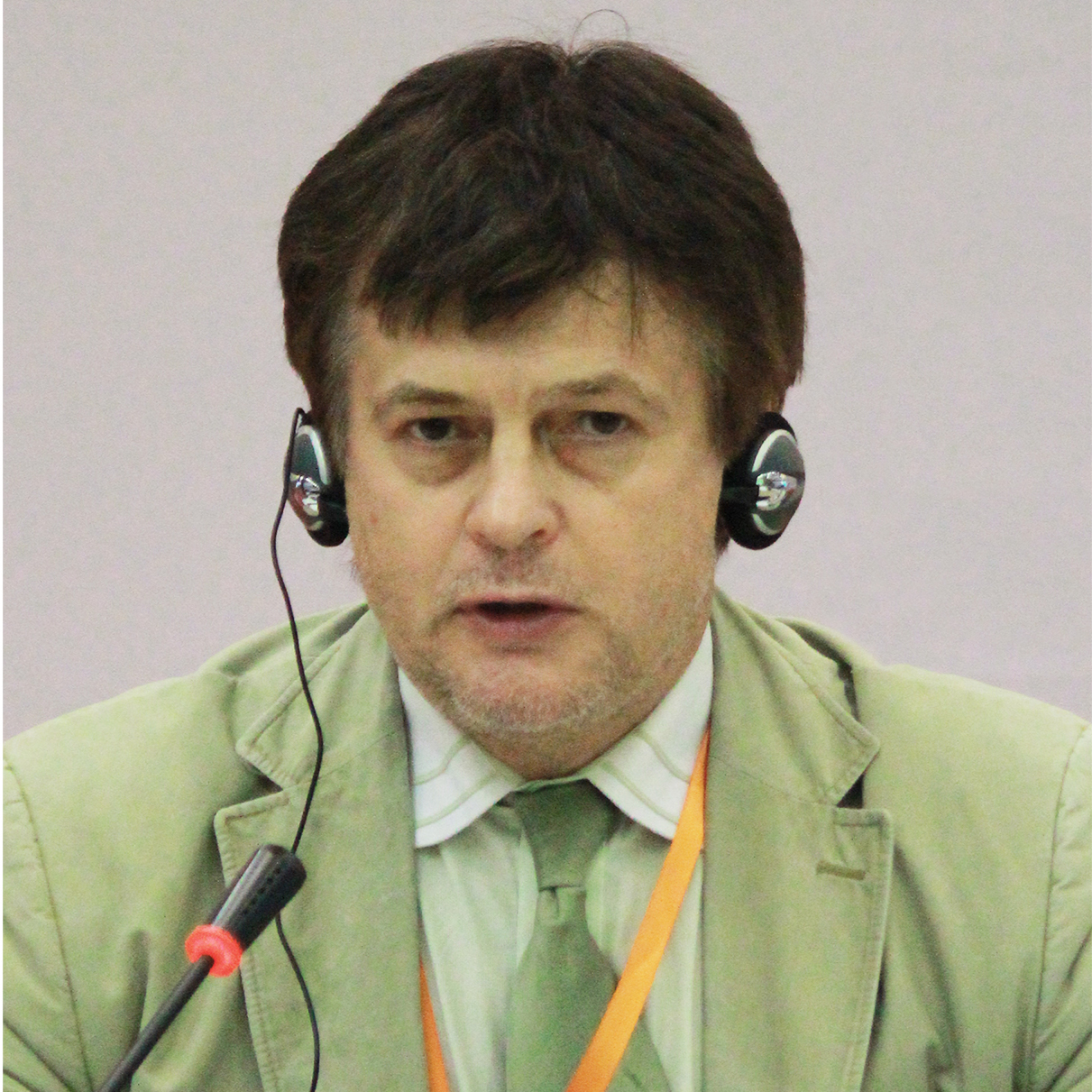




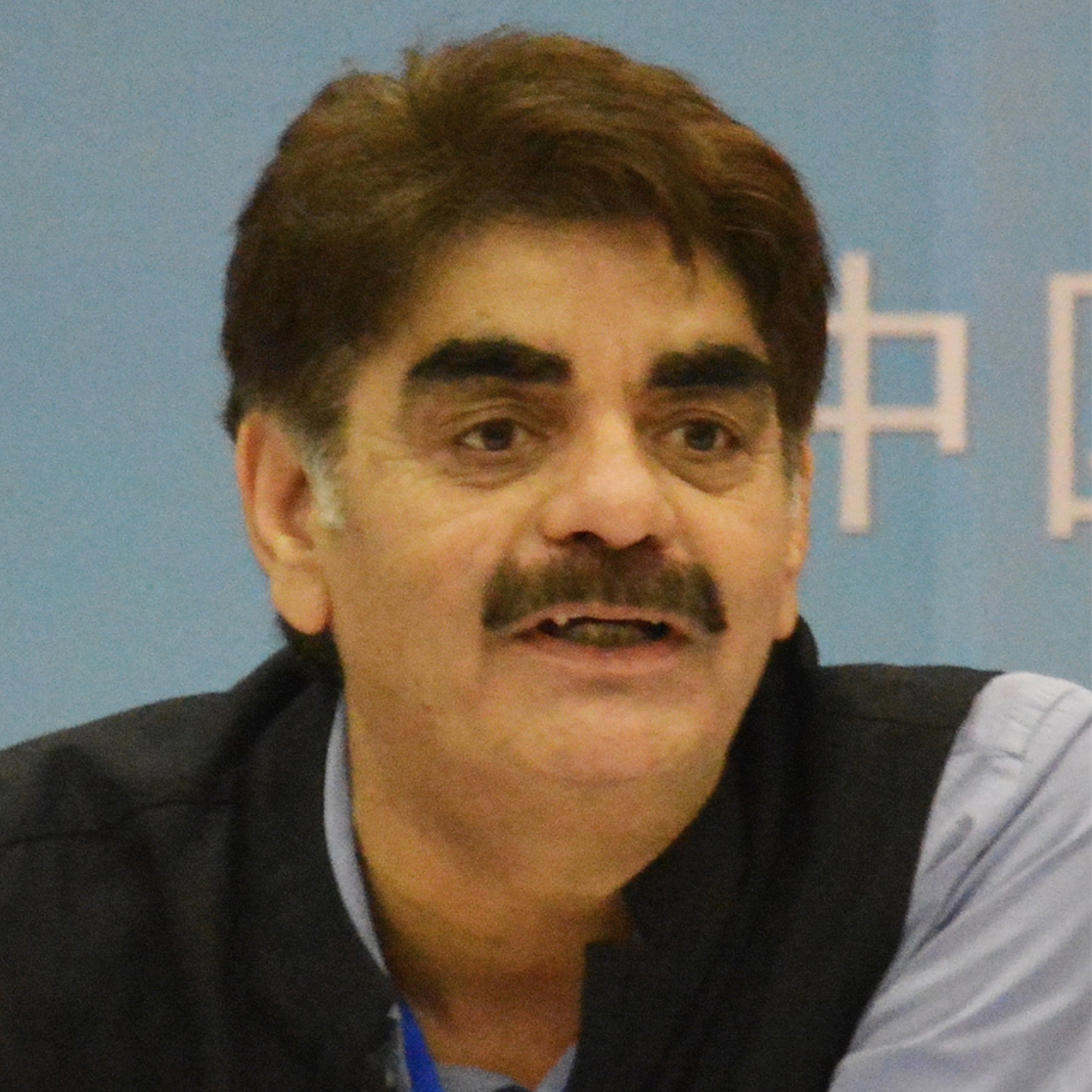
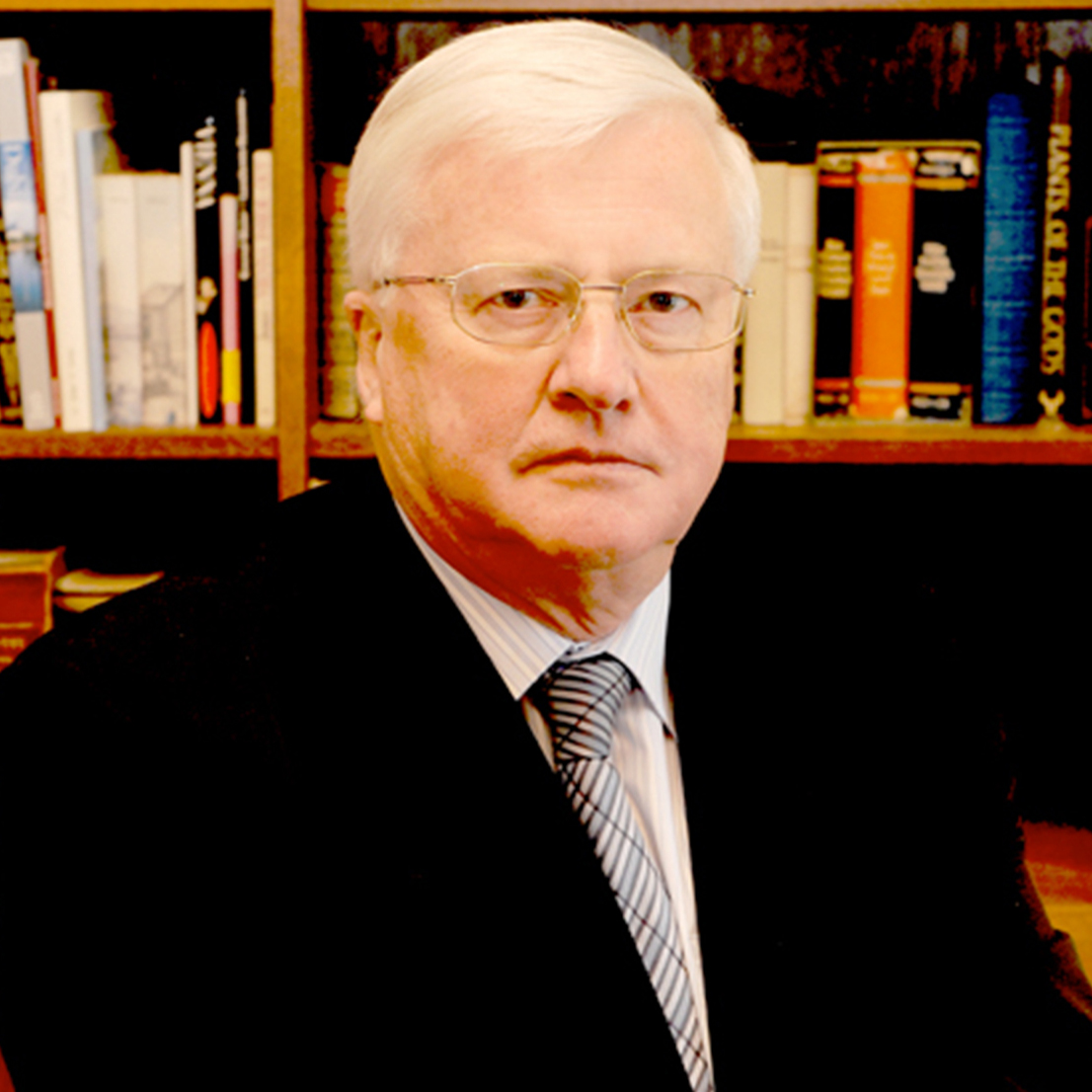
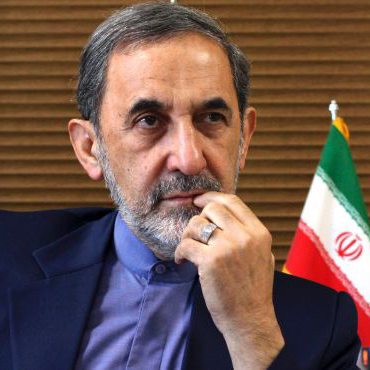

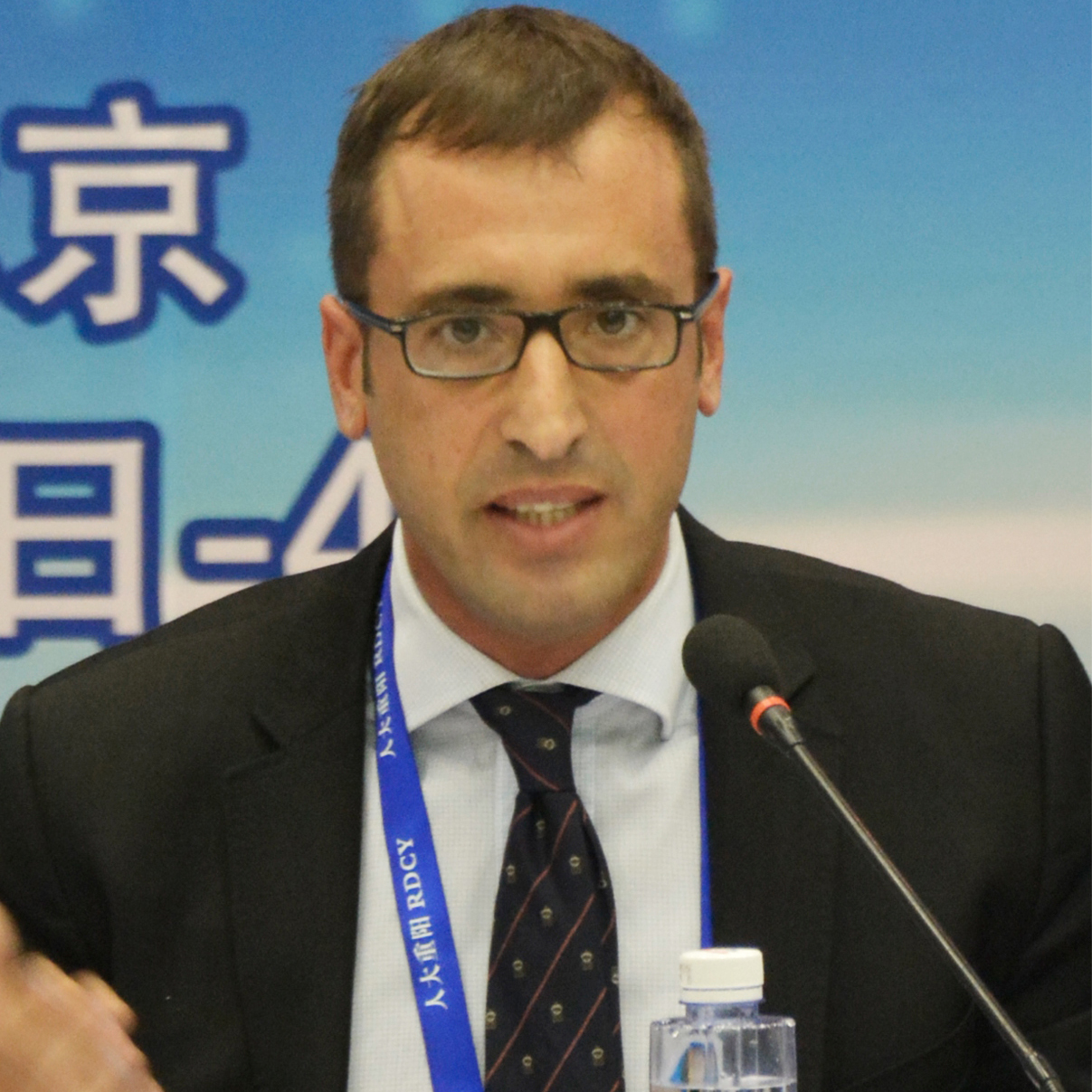
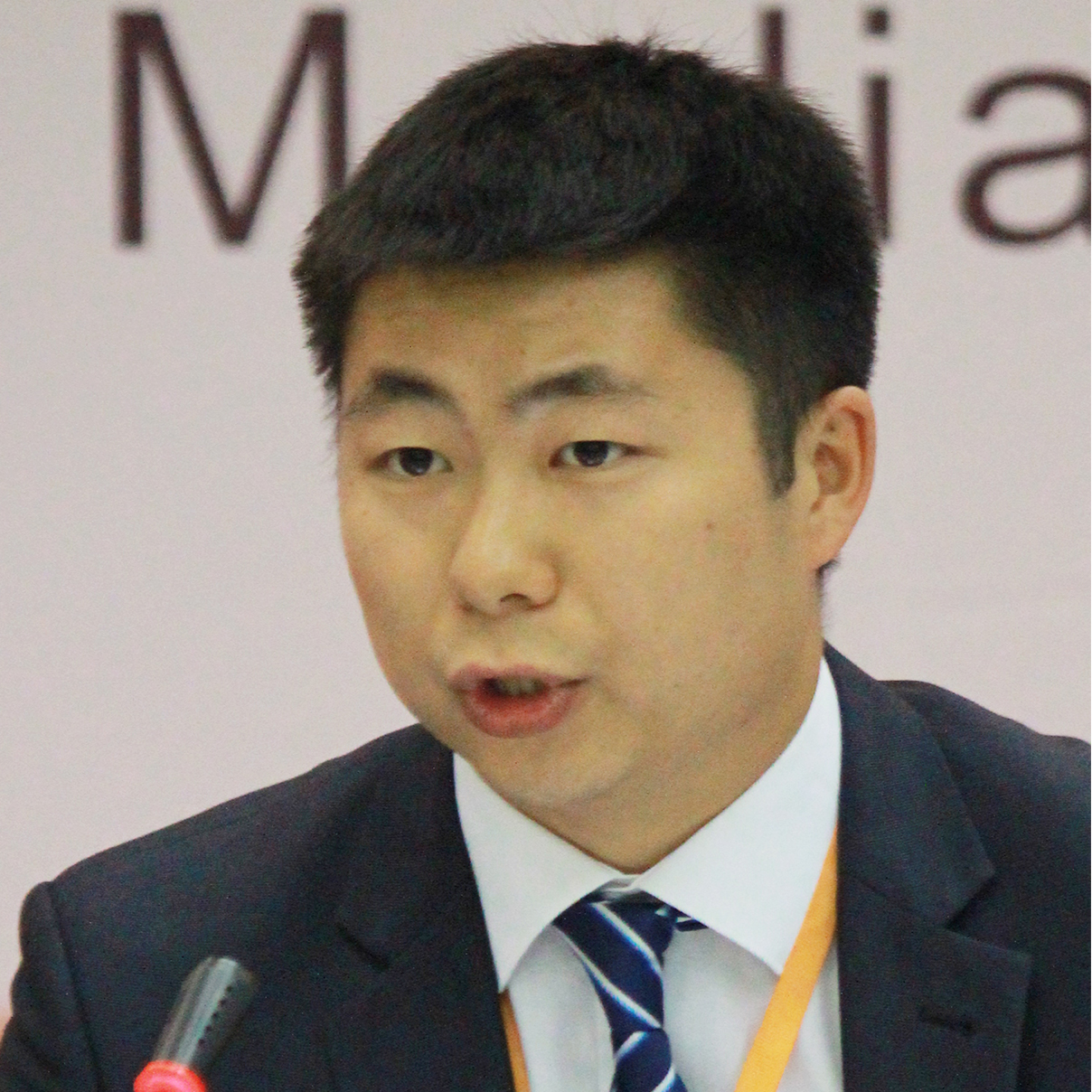
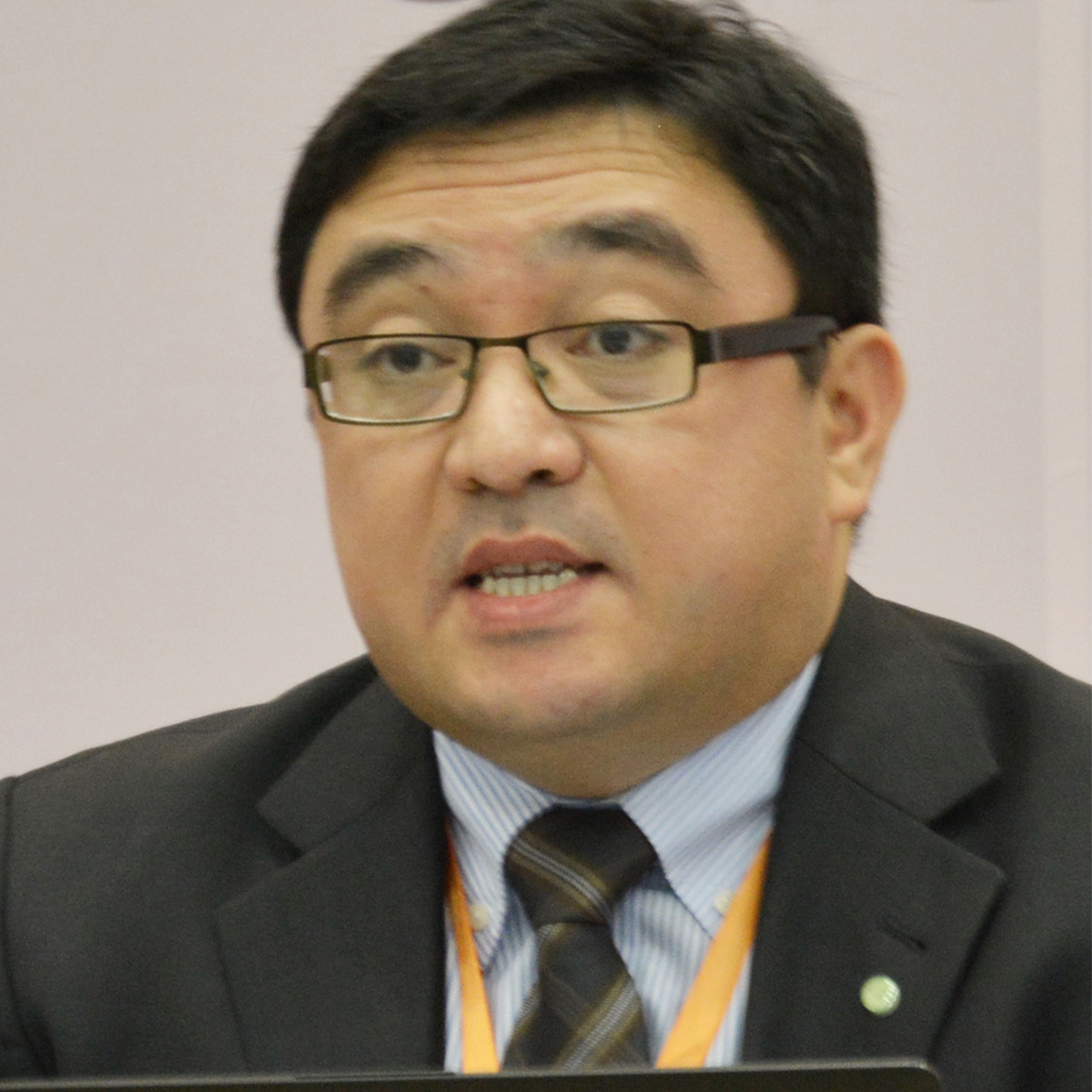
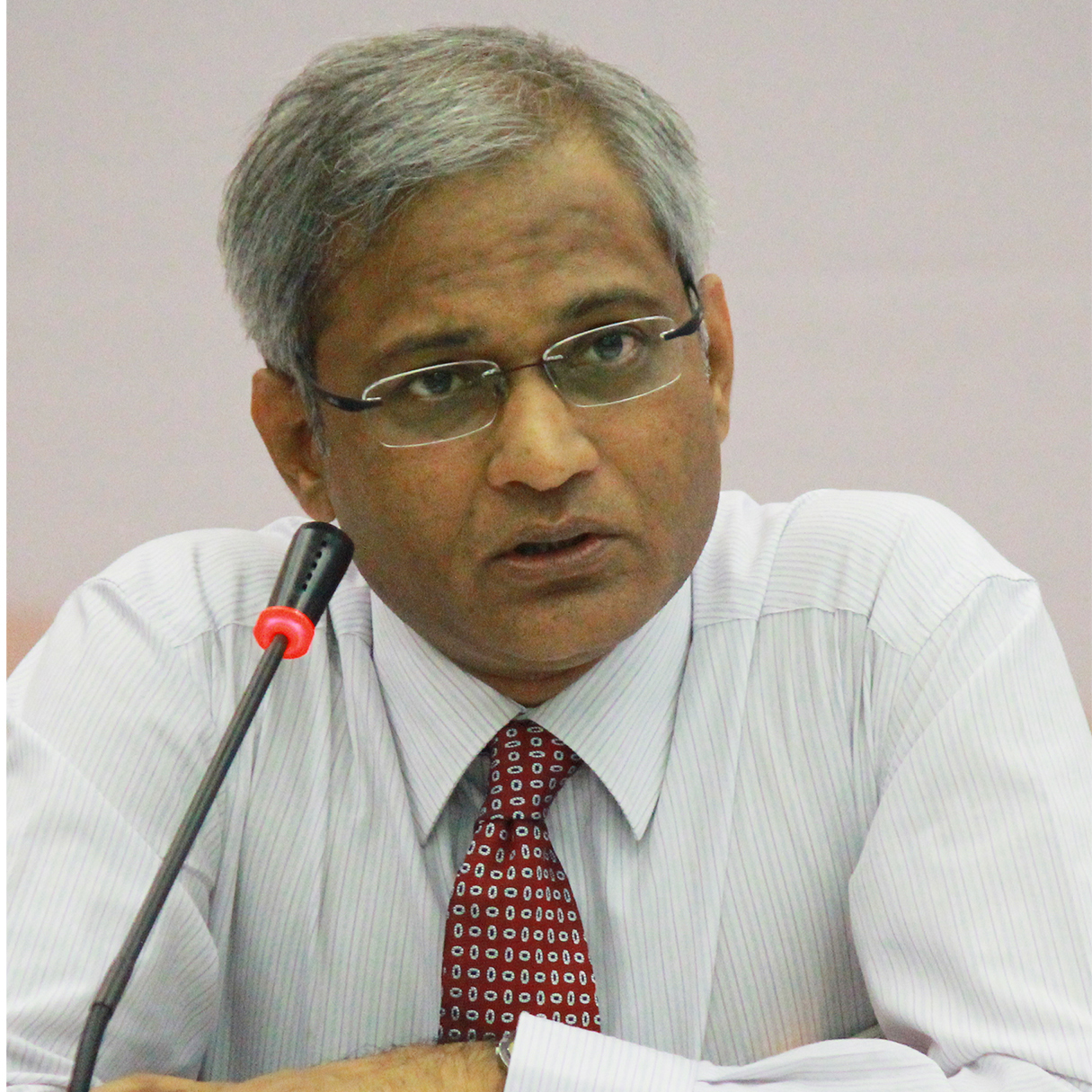

















 京公网安备 11010802037854号
京公网安备 11010802037854号





